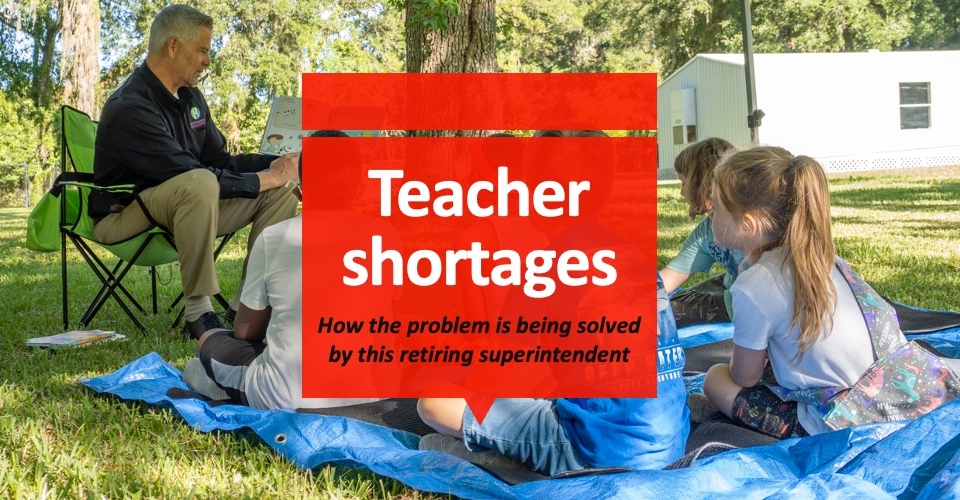As of the 2022-23 school year, the share of K12 students enrolled in public schools was 4% lower than the 2019-20 academic year just before the pandemic. While enrollment declines reflect a multitude of complex changes in the education sector, it all boils down to one common factor: families’ satisfaction with public education.
The pandemic was the turning point for many parents, a new analysis from the economic policy initiative The Hamilton Project suggests. Many parents didn’t like what they saw and felt that their schools couldn’t deliver a sufficient pace of learning for their children, so they sought other alternatives, the report contends.
The value of enrollment flexibility
The alternatives—including charter schools, private schools and homeschooling—varied depending on each family’s needs. The final option, however, grew significantly post-COVID.
In 2019, nearly 3.7% of students ages 5-17 were homeschooled. By the fall of 2020, 11.1% of households with school-age children were homeschooling.
“The choice of families to educate their children at home may be related to a family’s educational level and their capacity to allocate time to home education,” the analysis reads. “The proliferation of flexible working arrangements after COVID-19 may have allowed families to explore learning arrangements for their children that were previously less attainable for households with working parents/guardians.”
However, there’s a lack of nationwide data on the size of homeschooling in the U.S., the analysis notes. Instead, the researchers interviewed home educators and professionals who help families educate their children. Here are some of the key takeaways:
Motivations have changed
Before the pandemic, families who preferred homeschooling children were driven by ideological, moral or religious reasons. For instance, National Household Education Survey data from 2019 reveals that 74.7% of families wanted “to provide moral instruction.” In recent years, however, interviews found families appear more motivated to enhance their child’s pace of learning and to provide more specialized instruction.
Families are avoiding isolation
Parents are trying to create a familiar learning environment for their children at home. According to their interviews, families often hire a teacher to instruct a group of children in their neighborhood. Parents also plan social learning activities with other homeschooling families.
More from DA: If you’re a student, it pays to be on this district’s school board
The popularity of non-classroom-based charters
Families can also teach their students at home through public charter schools that provide such services. However, many interviewees felt they could not afford books, lesson plans and other learning materials. Thus, they’re turning to “non-classroom-based charter schools.”
“Through non-classroom-based charter schools, the financial burden of home education shifts from the individual household as these students receive similar funding to those enrolled in classroom-based public schools,” the analysis reads.
It’s an alternative that’s grown in popularity post-COVID. Families are given a teacher and a budget for educational resources their child may need. The assigned teacher routinely evaluates the student’s learning progress to ensure they’re meeting state or local educational standards.
Understanding the implications
The takeaway from this data is that many families feel that what public schools offered before the pandemic isn’t enough for their children in 2024. Thus, K12 enrollment declines are likely to continue.
It’s also unclear if these alternatives to learning benefit students more than traditional public schooling. Colleges and universities in many states have waived the test score requirement for admissions, resulting in a lack of student performance data.
“A key implication of our investigation is that more data are needed to understand the demand for more flexible or personalized learning arrangements after the COVID-19 pandemic and the learning efficacy of these arrangements,” the report declares.
“Without knowing how permanent the new equilibrium of the K12 education landscape is, one may worry that lost school infrastructure and decreased capacity in student seats will hurt those who rely on TPS [traditional public school] in the future.”









